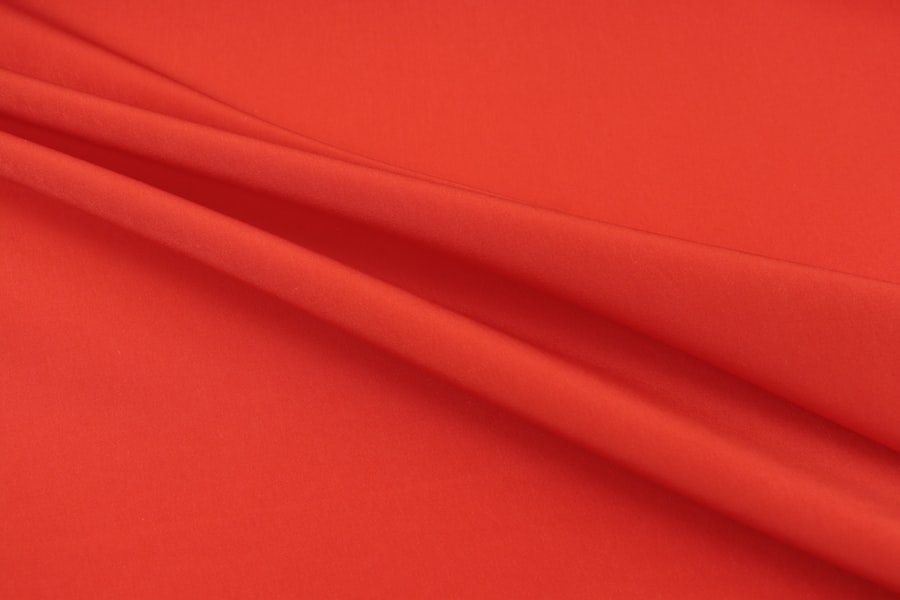Epilating has become a popular method for achieving smooth, hair-free skin, particularly in areas like the armpits. This technique involves using a device that removes hair from the root, providing longer-lasting results compared to shaving. However, many individuals experience discomfort or pain in their armpits after epilating, which can deter them from using this method regularly.
Understanding the nuances of epilating and the associated pain can help you make informed decisions about your hair removal routine. As you embark on your journey to silky-smooth skin, it’s essential to recognize that pain is often a part of the process. While some may find the discomfort manageable, others may struggle with it significantly.
This article aims to delve into the intricacies of epilating, the reasons behind armpit pain, and effective strategies to minimize discomfort. By equipping yourself with knowledge and practical tips, you can enhance your epilating experience and enjoy the benefits of this hair removal method.
Key Takeaways
- Epilating is a popular hair removal method that can cause armpit pain for some individuals
- The hair removal process involves pulling hair from the root, which can lead to discomfort and pain
- Causes of armpit pain after epilating include skin sensitivity, ingrown hairs, and improper technique
- Tips for minimizing armpit pain during and after epilating include exfoliating, using a numbing cream, and moisturizing
- Potential side effects and complications of epilating include redness, irritation, and infection, and medical attention should be sought if symptoms persist
Understanding the Hair Removal Process
To fully appreciate the experience of epilating, it’s crucial to understand how the hair removal process works. When you use an epilator, it grasps multiple hairs simultaneously and pulls them out from the root. This method not only removes hair but also delays regrowth, allowing you to enjoy smooth skin for weeks at a time.
However, this process can be quite painful, especially in sensitive areas like the armpits. The skin in this region is thinner and more delicate than other parts of your body, making it more susceptible to discomfort during hair removal.
Additionally, the density of hair follicles in the armpits can contribute to a more intense sensation when epilating. Understanding these factors can help you prepare mentally and physically for the experience, allowing you to approach it with a more informed mindset.
Causes of Armpit Pain After Epilating
Several factors contribute to the pain you may experience in your armpits after epilating. One primary cause is the trauma inflicted on the skin during the hair removal process. As the epilator pulls hairs from their roots, it can lead to inflammation and irritation in the surrounding skin.
This reaction is particularly pronounced in sensitive areas like the armpits, where the skin is more prone to redness and swelling. Another contributing factor is the potential for ingrown hairs. When hair is removed from the root, it may not always grow back smoothly.
Instead, some hairs can become trapped beneath the skin’s surface, leading to painful bumps and irritation. This issue is common in areas with coarse or curly hair, making it essential to be aware of your hair type when considering epilation as a hair removal method. Recognizing these causes can help you better understand your body’s reactions and take proactive steps to alleviate discomfort.
For more information on skin care and hair removal, you can visit the American Academy of Dermatology website.
Tips for Minimizing Armpit Pain During and After Epilating
| Tips for Minimizing Armpit Pain During and After Epilating |
|---|
| 1. Exfoliate the armpit area before epilating to remove dead skin cells and reduce the risk of ingrown hairs. |
| 2. Use a warm compress or take a warm shower before epilating to open up the pores and make the hair removal process easier. |
| 3. Hold the skin taut while epilating to minimize discomfort and ensure a more effective hair removal. |
| 4. Apply a soothing gel or cream after epilating to calm the skin and reduce any redness or irritation. |
| 5. Avoid using deodorant or antiperspirant immediately after epilating to prevent stinging or irritation. |
To make your epilating experience as comfortable as possible, there are several strategies you can employ. First and foremost, consider preparing your skin before epilating. Exfoliating your armpits a day or two prior can help remove dead skin cells and reduce the likelihood of ingrown hairs.
Additionally, ensuring that your skin is clean and dry before using an epilator can enhance its effectiveness and minimize irritation. During the epilation process itself, try using a gentle touch and moving the device slowly across your skin. Rushing through the process can lead to increased pain and discomfort.
Some individuals find that using a numbing cream or applying a cold compress before epilating can help dull sensations and make the experience more bearable. Afterward, applying a soothing lotion or aloe vera gel can help calm any irritation and promote healing.
Potential Side Effects and Complications
While epilating is generally considered safe, there are potential side effects and complications that you should be aware of. In addition to pain and irritation, some individuals may experience allergic reactions to products used during or after the process. For instance, certain lotions or creams may contain ingredients that irritate sensitive skin, leading to redness or rashes.
Moreover, if you notice persistent pain or swelling in your armpits after epilating, it could indicate an infection or other underlying issue. In rare cases, improper use of an epilator can lead to cuts or abrasions on the skin, which may require medical attention if they become infected. Being aware of these potential complications allows you to take appropriate precautions and seek help if necessary.
When to Seek Medical Attention for Armpit Pain After Epilating

Recognizing Infection Symptoms
Additionally, if you notice signs of infection, such as increased redness, swelling, warmth, or pus, it’s crucial to seek medical advice promptly.
Addressing Persistent Skin Issues
Another reason to reach out for help is if you develop persistent bumps or ingrown hairs that do not improve with home treatment. These issues can lead to further complications if left untreated.
Proactive Health Measures
By being proactive about your health and seeking assistance when needed, you can ensure that any potential problems are addressed before they escalate.
Alternative Hair Removal Methods for Sensitive Armpits
If you find that epilating consistently leads to discomfort or pain in your armpits, it may be worth exploring alternative hair removal methods. Waxing is one option that many individuals consider; however, it can also cause similar discomfort due to its nature of pulling hair from the root. If you prefer a less painful approach, shaving with a high-quality razor designed for sensitive skin might be more suitable for you.
Another alternative is using depilatory creams that dissolve hair at the surface level without pulling it from the root. While these products can be effective, it’s essential to perform a patch test first to ensure you don’t have an adverse reaction. Laser hair removal is another long-term solution that many people find beneficial; however, it typically requires multiple sessions and can be costly.
Exploring these alternatives allows you to find a method that aligns with your comfort level and personal preferences.
Conclusion and Final Thoughts on Managing Armpit Pain After Epilating
In conclusion, while epilating can provide long-lasting results for hair removal, it often comes with its share of discomfort—especially in sensitive areas like the armpits. By understanding the hair removal process and recognizing the causes of pain, you can take proactive steps to minimize discomfort during and after epilation. Implementing strategies such as proper skin preparation, gentle techniques during epilation, and post-care routines can significantly enhance your experience.
If you find that pain persists or worsens despite your efforts, don’t hesitate to seek medical advice. Remember that there are alternative hair removal methods available if epilating proves too uncomfortable for you. Ultimately, finding a hair removal solution that works for your body and lifestyle is key to enjoying smooth skin without unnecessary pain or irritation.
With patience and care, you can navigate your hair removal journey with confidence and ease.
If you are wondering why your armpits hurt so much after epilating, you may want to check out this article on inlaserhairremoval.com that discusses the common causes of pain and discomfort during and after the epilation process. Understanding the reasons behind the pain can help you take necessary precautions and make the experience more bearable.
FAQs
What is epilating?
Epilating is a hair removal method that involves using an electronic device to grasp and pull out multiple hairs at once from the root.
Why do my armpits hurt so much after epilating?
The skin in the armpit area is sensitive, and the hair in this area tends to be thicker and coarser. When you epilate this area, it can cause more discomfort and pain compared to other areas of the body.
How can I reduce the pain after epilating my armpits?
To reduce the pain after epilating your armpits, you can try applying a soothing gel or cream to the area, using a cold compress, or taking a pain reliever if necessary. It’s also important to exfoliate the area regularly to prevent ingrown hairs, which can contribute to discomfort.
Are there any tips for reducing pain during armpit epilation?
To reduce pain during armpit epilation, you can try stretching the skin taut while epilating, using a lower speed setting on the epilator, and epilating after a warm shower when the pores are open and the hair is softer.






